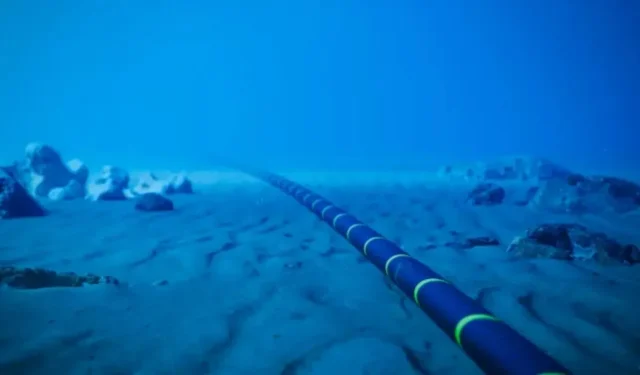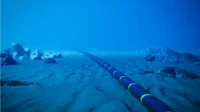About a quarter of the ocean floor is currently mapped, but there is still a long way to go before reaching 100%.
About 25% (23.4% to be exact) of the Earth’s seabed has already been mapped thanks to an international initiative known as Seabed 2030. the broader framework of the United Nations called “Decade of the Ocean”.
About a quarter of the ocean floor is currently mapped.
Seabed 2030 hopes to be able to map 100% of the seafloor by 2030, which researchers say will be made possible by advances in technology and the collection of data already available. Last year, Seabed 2030 added data from nearly 10 million square kilometers, roughly the size of Europe, largely through newly opened archives rather than mapping efforts per se.
Scientists hope that collecting more bathymetric data will help better understand climate change and our efforts to save the oceans. Seabed mapping can also help detect tsunamis and other natural disasters: “The integrated seabed map is the missing tool that will enable us to address the most important environmental issues of our time, including climate change and marine pollution. This will allow us to protect the future of the planet,” Mitsuyuki Unno, executive director of The Nippon Foundation, said in a press release.
But 100% is still far away.
As the BBC points out, most of the data used for Seabed 2030 already existed. The group relies heavily on government and corporate contributions, although some of these organizations are reluctant to fully open their archives for fear of leaking national or industry secrets.
All data that Seabed 2030 collects will be publicly available on the General Bathymetric Chart of the Oceans (GEBCO) website. Prior to the Seabed 2030 project, very little direct measurement data was available. Most bathymetric measurements are only evaluated with satellite altimeters, giving a very vague idea of the shape of our seafloor surface. Some scientists believe that the global effort to find the wreckage of Malaysia Airlines Flight MH370 would be better if there were more accurate methods for mapping the ocean floor.


